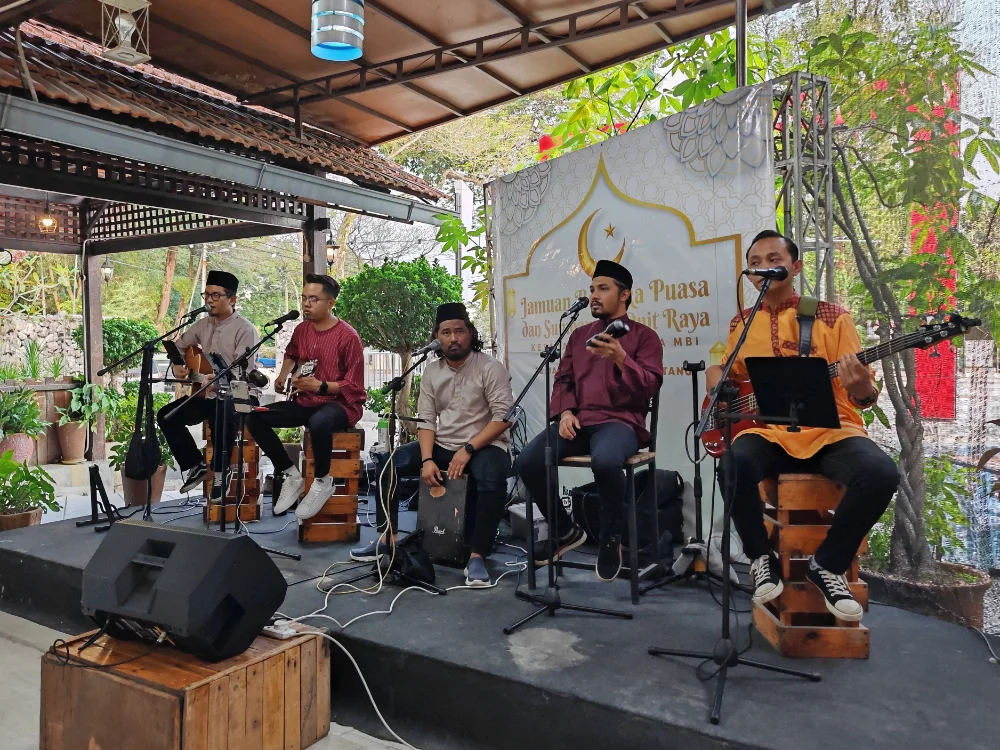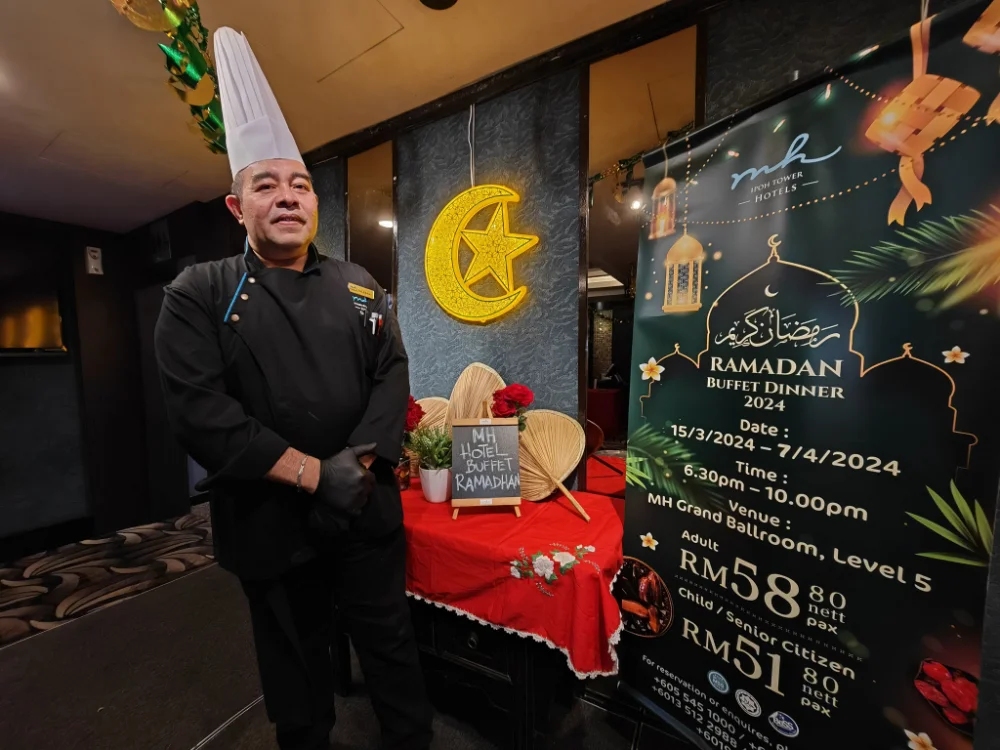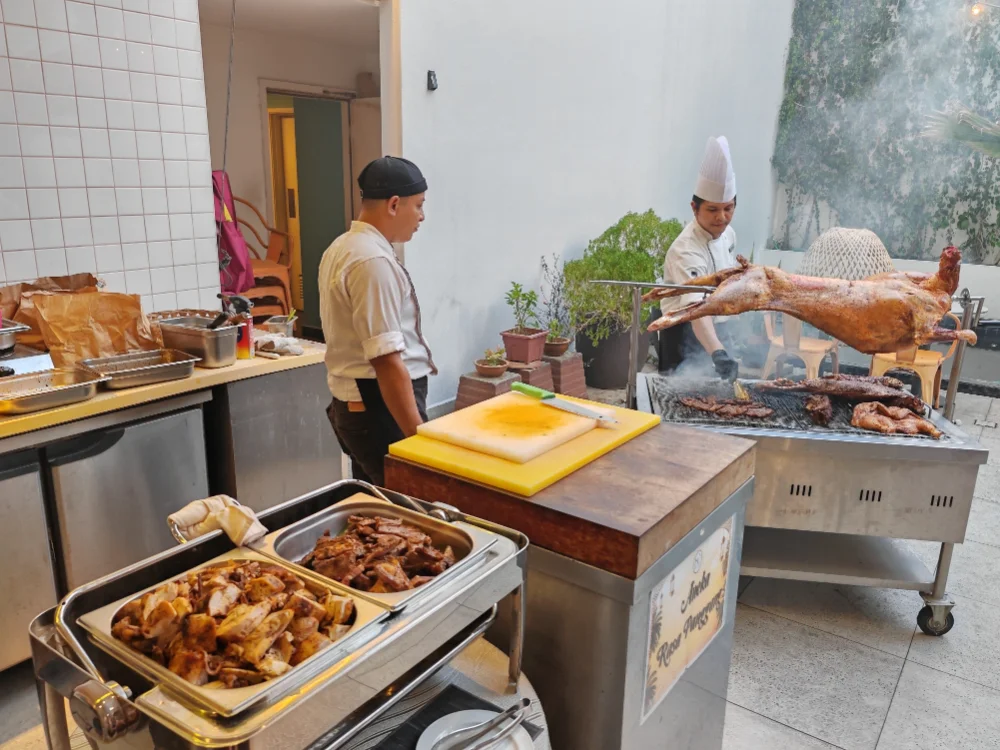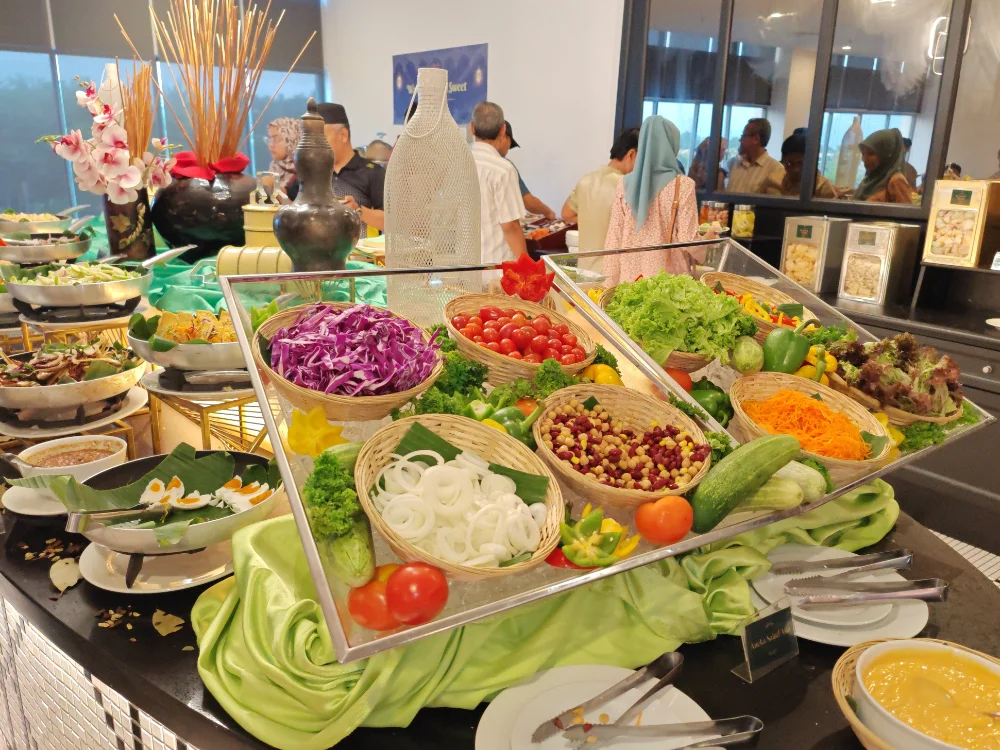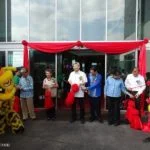Portuguese Settlement: Living History

Right in the heart of Malacca city in Ujong Pasir is Malaysia’s last surviving Portuguese settlement. Encompassing a land size of 28 acres with 118 houses, about 1,200 people call this place home, out of 2,500 Portuguese descendants in Malacca.
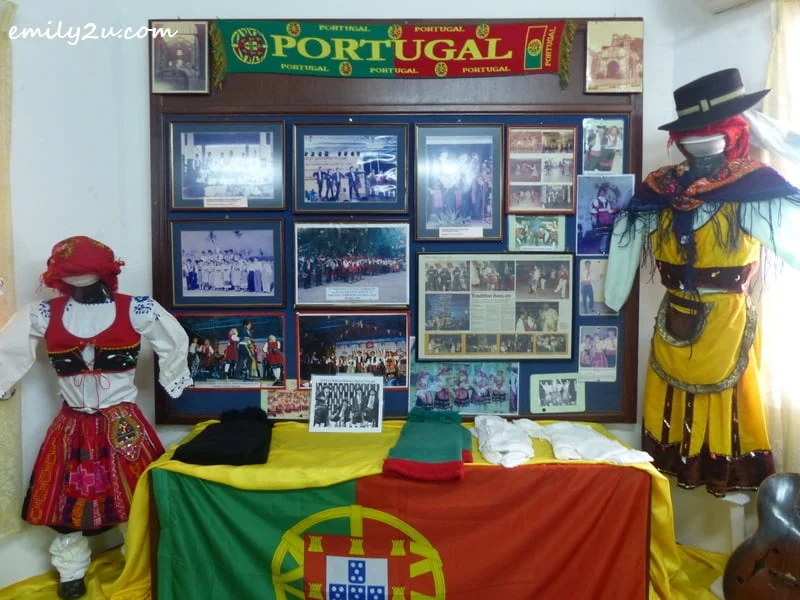
The settlement, originally known as Saint John’s Village, was established in 1935 with only ten wooden houses. Despite growing to its current size, life is still full of uncertainty for the community. Village elders hope that they can expand their settlement so that the younger folk do not have to live outside of the area and as a result, lose their roots.
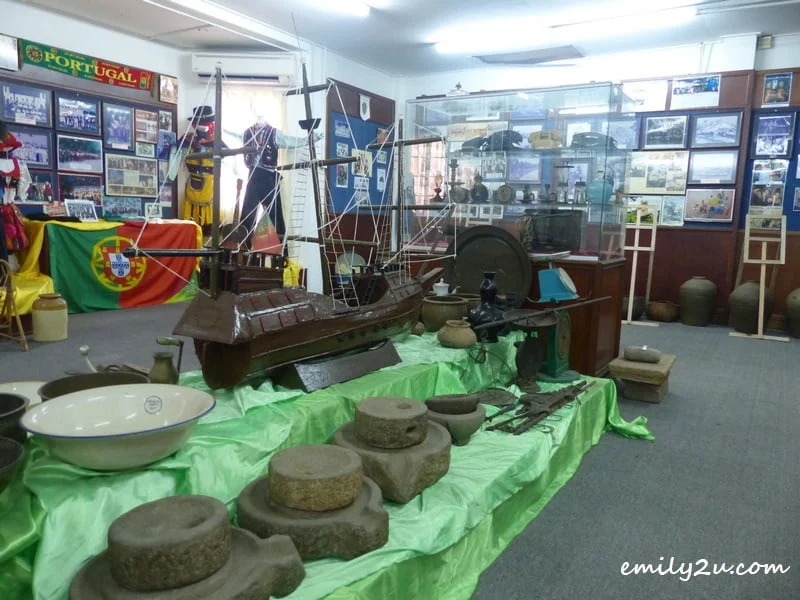
According to Richard Hendricks, a member of the committee that takes care of the development and safety of the settlement, Portuguese Settlement is unique for its culture and heritage. The people here speak Creole Portuguese at home and consider this 16th century ancient language as their mother tongue.
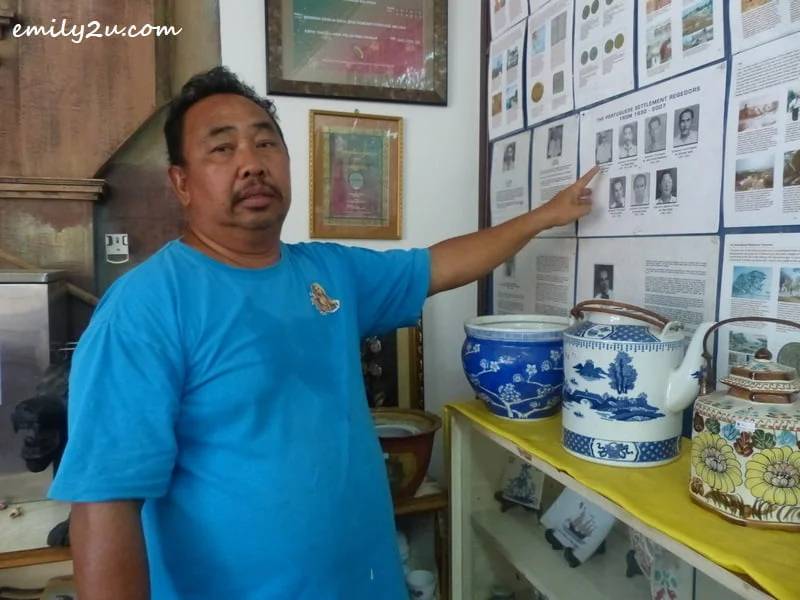
Hendricks added, “Creole Portuguese is not taught in books and the only way to preserve the language is through exposing our children to it within the community. Many families who have set up homes in different residential areas are finding it difficult to cope with a modern lifestyle that may jeopardise their heritage.
“Therefore, the biggest challenge for us is the preservation of land of the people here. At the moment, we have leasehold ownership of our land, some with a 30-year term, some 60. Leasehold titles do not give us the sense of security we need, seeing how older Portuguese settlements such as Praya Lane and the ones in Muar, Johor and Pulau Tikus, Penang, have disappeared. This is the only Portuguese settlement left in the country and we are doing our best to hold on to it.”
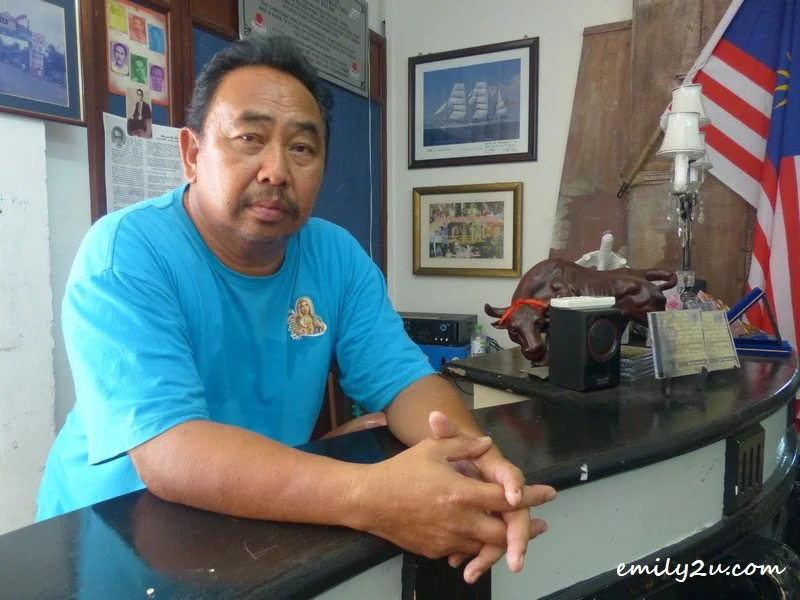
The Portuguese culture and heritage within the settlement are their biggest selling points, attracting hundreds of thousands of tourists and visitors to the area four times a year during festive seasons.
Festa Intrudo, also known as Water Festival, is celebrated three days before the fasting month is observed, usually between January and March. It is a day where the people are reminded to be humble and to forgive one another.
Meanwhile, Festa San Juang is St. John’s Feast; celebrated on June 23, a day ahead of the actual date. Candles are lighted all around the houses, bringing a festive air to the settlement.
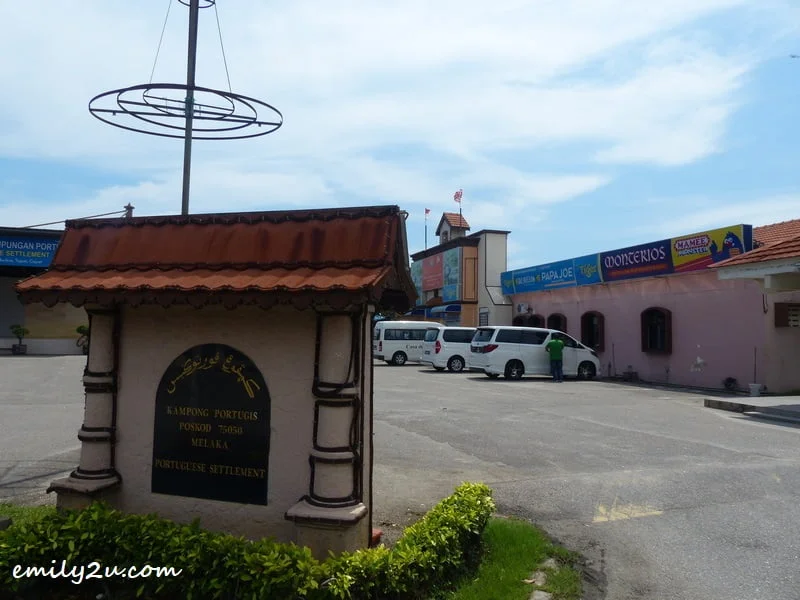
Festa San Pedro is the most important festival for the Portuguese community as it is a “fisherman’s feast”. They pray requesting St. Peter to intercede for them to obtain a better catch every time they go out to sea. The feast celebration is over a minimum of three days up to ten days. There is much merriment in the form of stage shows, dances and servings of traditional food running up to feast day which falls on June 29.
In olden times, up to 90% of these people were fishermen, but thanks to education, livelihood has improved and the fishermen population has dropped significantly to 15% only. Still, the tradition of honouring St. Peter is kept.
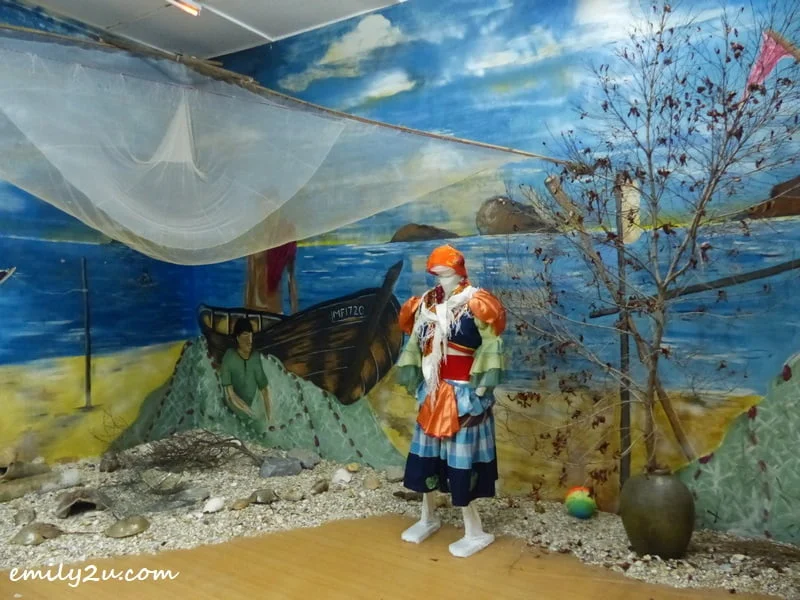
The final festivity on the calendar for this settlement of Roman Catholics is naturally Christmas. Celebrated over two weeks, the numerous Christmas trees and lights turn the settlement into a fairy land, attracting tourists in droves.
On ordinary days, members of the community here eke out a living through various cottage industries such as making and selling craft works and souvenirs. However, the evergreen attraction of the settlement would be its mouth-watering Portuguese cuisine that has customers coming back repeatedly.
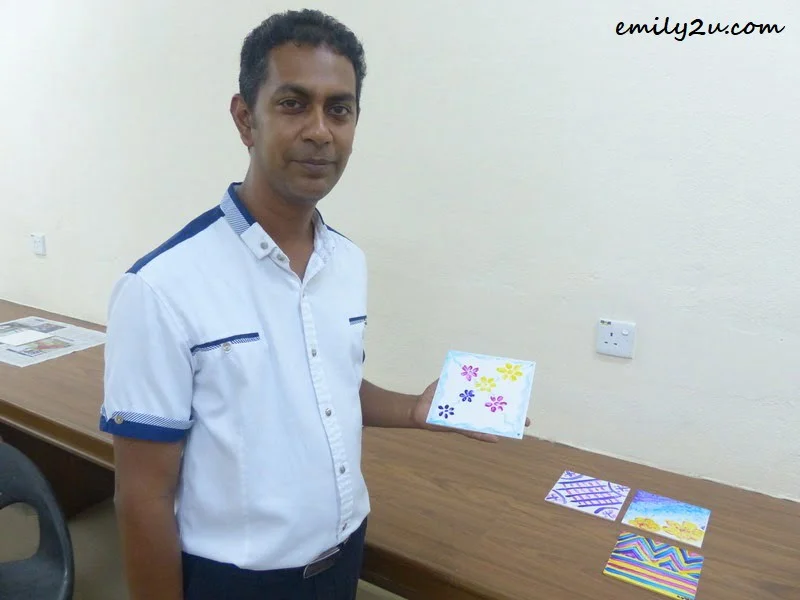
And then there is a hidden gem within the settlement – the Portuguese Settlement Heritage Museum. The modest 12-year-old museum is owned by the settlement and at the counter is Jerry Alcantra, retired bassist for the Country & Western band known as The Wheelers.
Although visitors to the museum are few and far between, Alcantra plays an important public relations role for the settlement as he regales interested visitors with stories of the Portuguese people here.
The 58-year-old pointed out, “I retired from my music career about ten years ago and have since contributed to the community in whatever ways I can. Volunteering at the museum is only one of them.”
Note: An edited version of this article [Living History] was published on 2nd Jan, 2016 in The Malay Mail.
Note: View larger image by clicking on it once this page has completely loaded.









